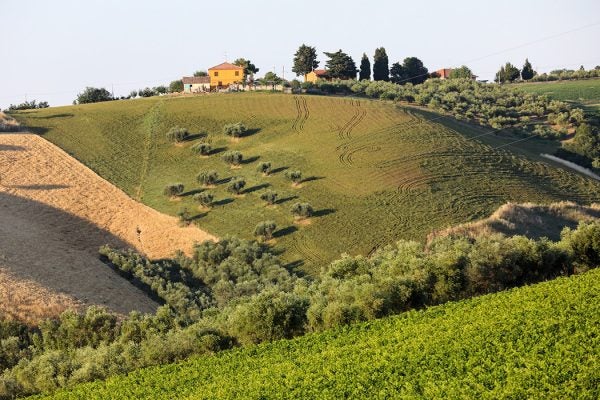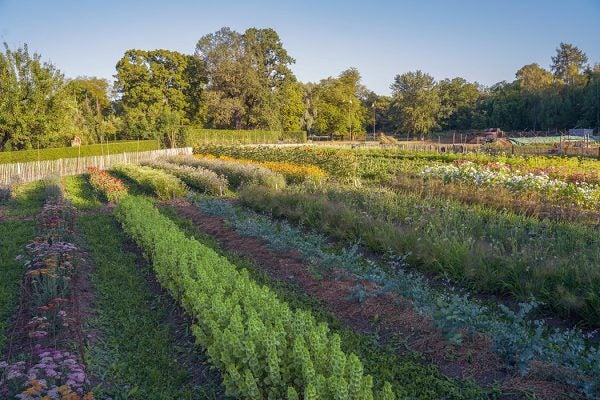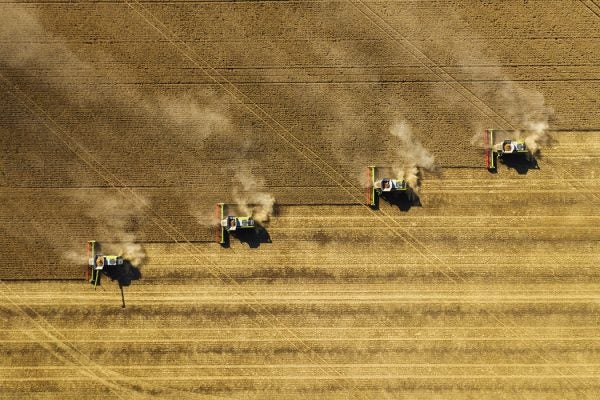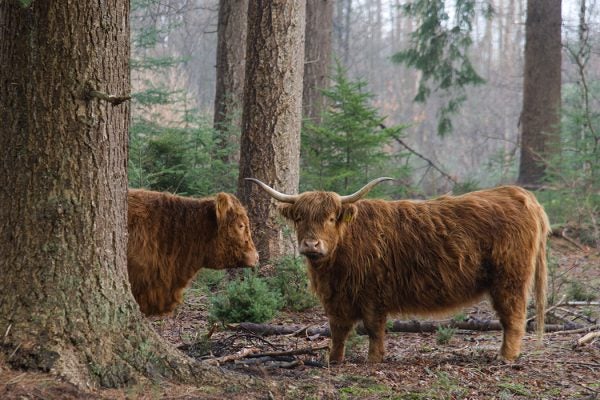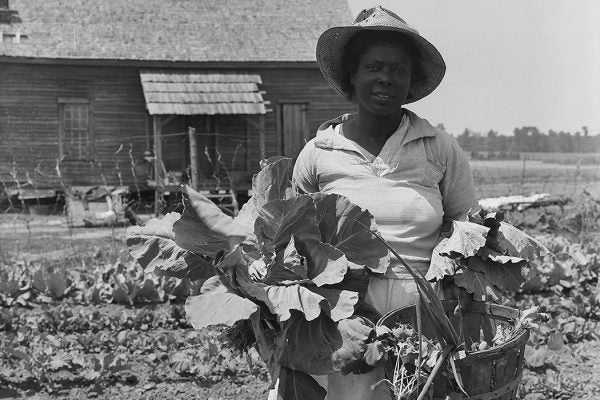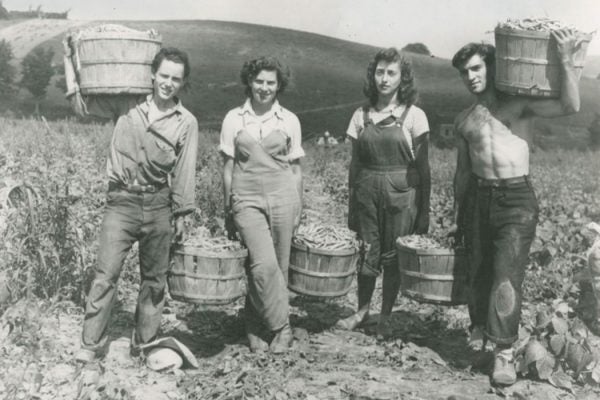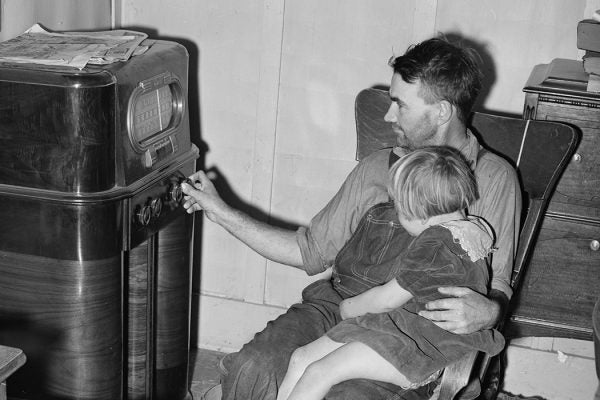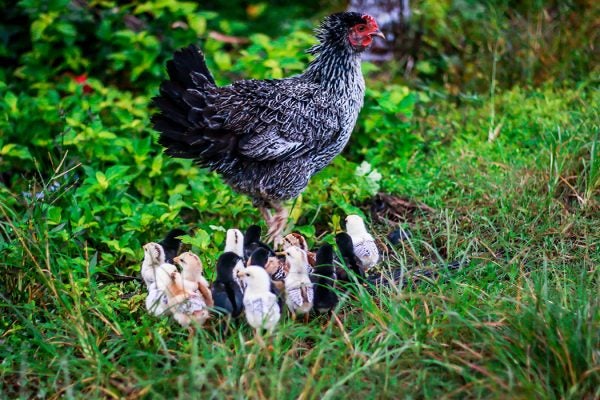The Return of Hemp
Even though it's made from cannabis plants, you can't get high on hemp. But it was classified as an illicit drug for nearly 50 years.
Soil Health Can Positively Affect Farm Revenue
In a case study from Italy, researchers found that biodiverse soil had good economic results for farms.
Permaculture is Agriculture Reimagined
No permaculture site is the same, but all draw on a unifying set of principles to maintain biodiversity and create resilient systems now and in the future.
The Greenhouse Gas That’s More Potent Than Carbon Dioxide
Emitting just 1 ton of nitrous oxide—a common ingredient in synthetic fertilizer—is roughly equivalent to emitting 300 tons of carbon dioxide.
Silvopasture; Or, Why Are There Cows in the Woods?
Cattle grazing on invasive plants in longleaf pine forests could benefit ecosystems and farmers alike.
How the Black Labor Movement Envisioned Liberty
To Reconstruction-era Black republicans, the key to preserving the country’s character was stopping the rise of a wage economy.
The Rise and Fall of Montana’s Christmas-Tree Harvest
Douglas firs weren't great for lumber, but they once made the small town of Eureka the Christmas-tree capital of America.
The Brooklyn College Farm Labor Project of the 1940s
The coronavirus pandemic left farmers falling back on students to pick crops. But it certainly wasn’t the first time.
The People Who Thought Farmers Without Radios Were Rubes
In the 1920s, some people thought that the new invention of radio would make American farmers less "backward."
So You Want to Buy a Pet Chicken?
Looking for a sense of comfort and security by buying a chicken? You'll get more than you bargained for.

